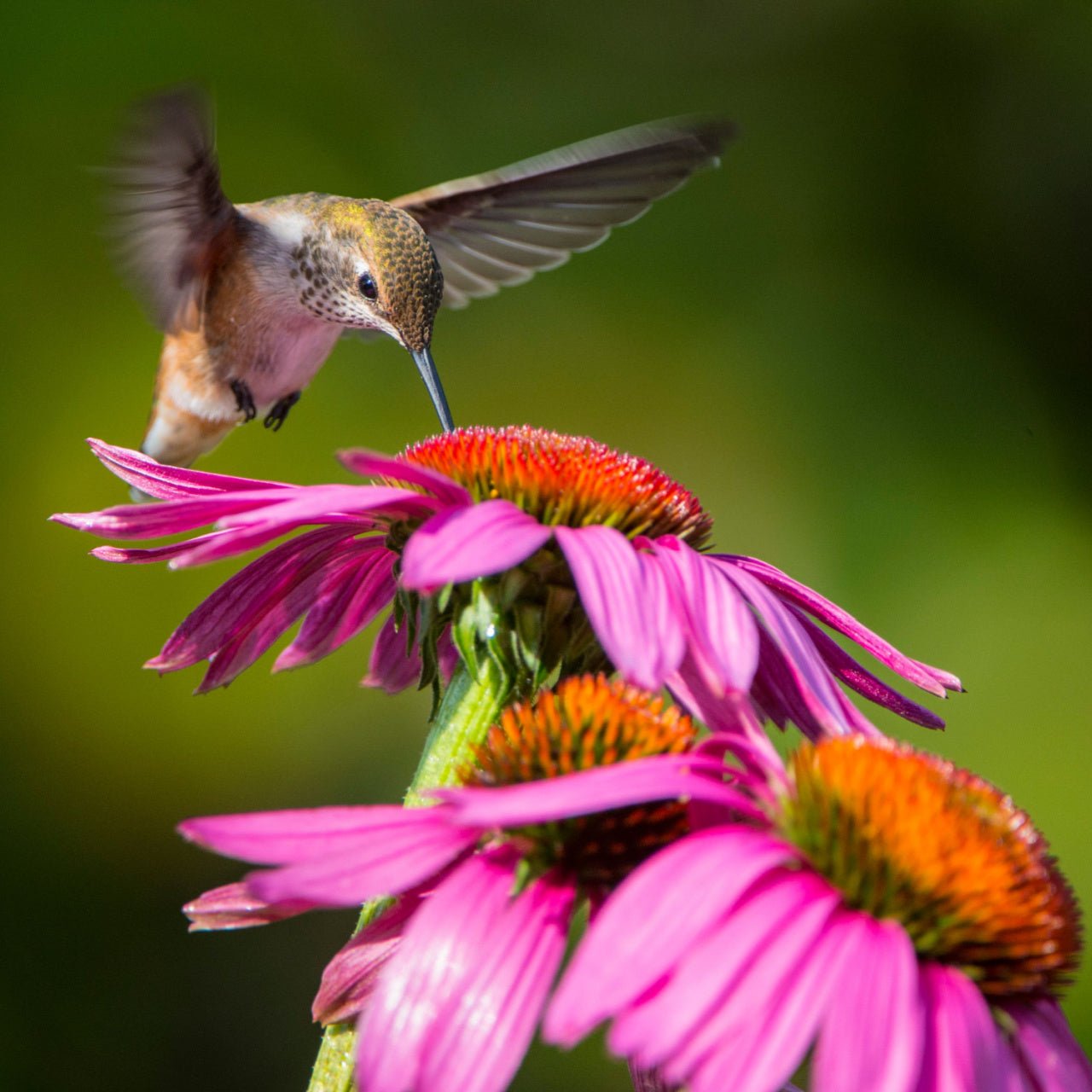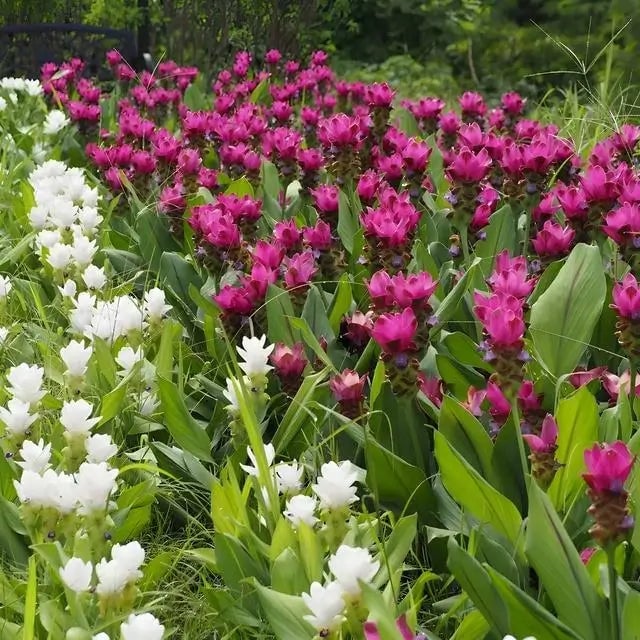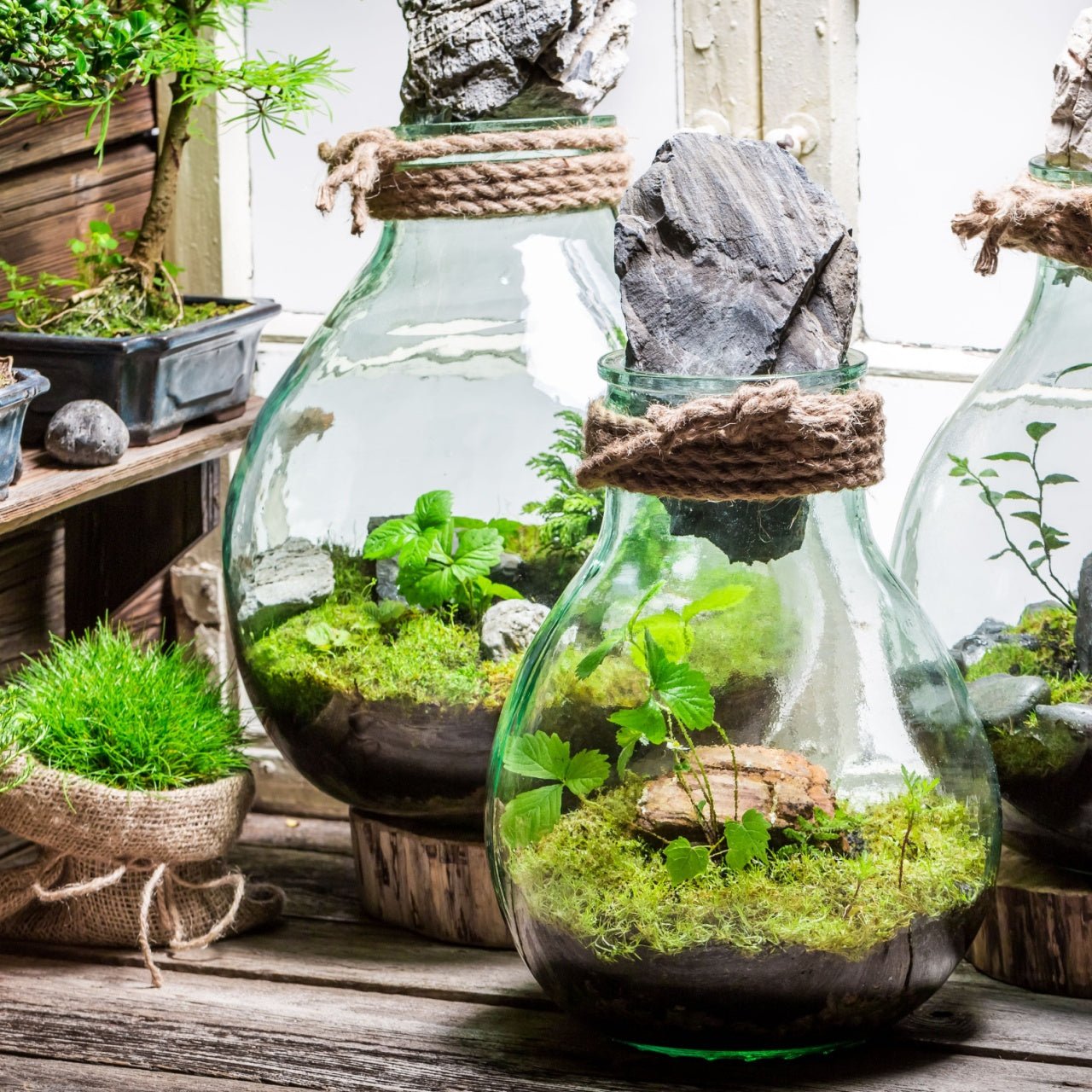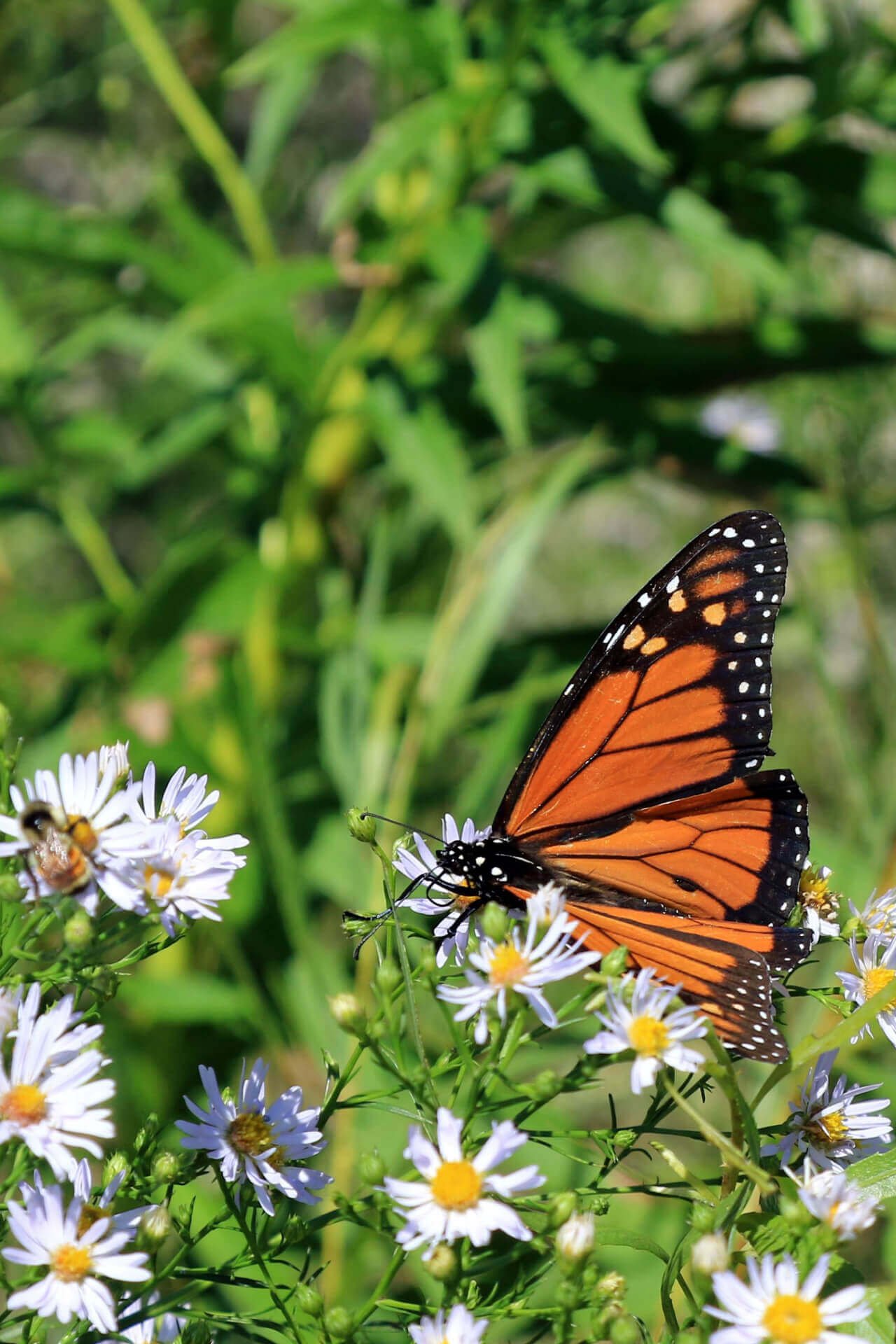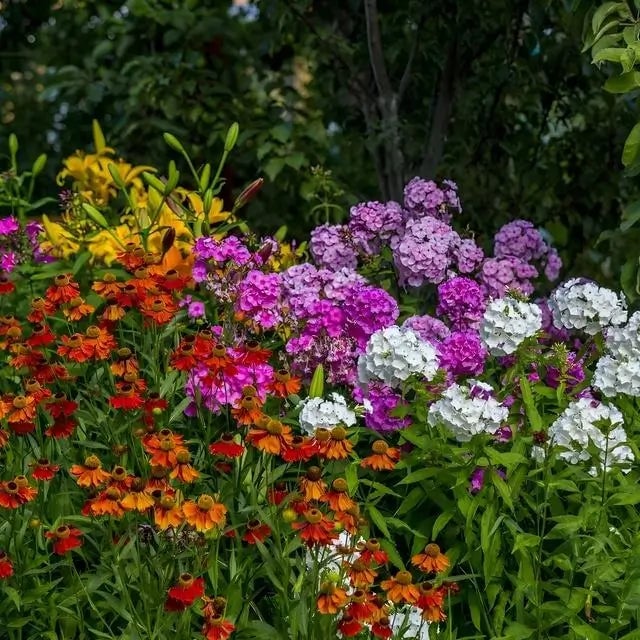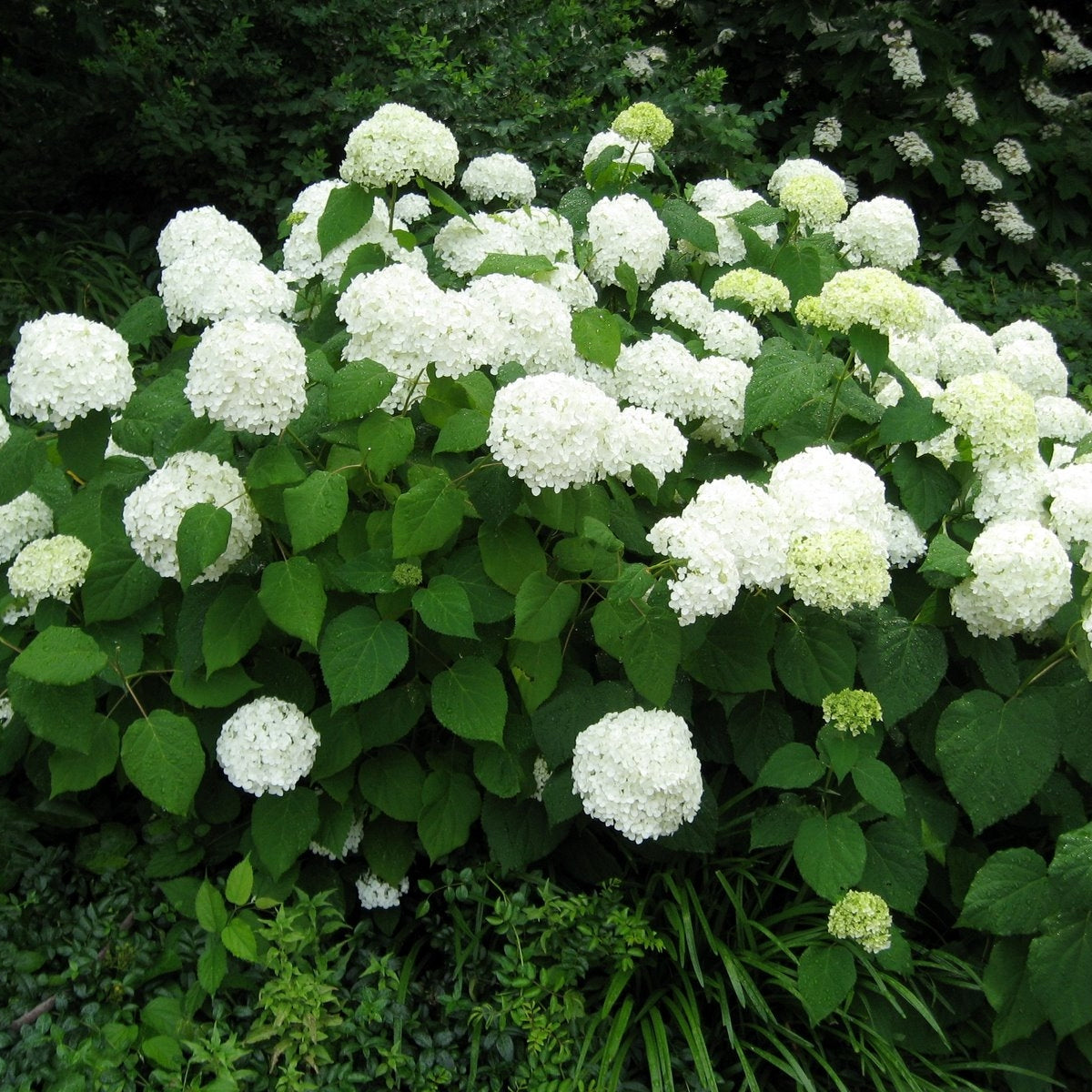
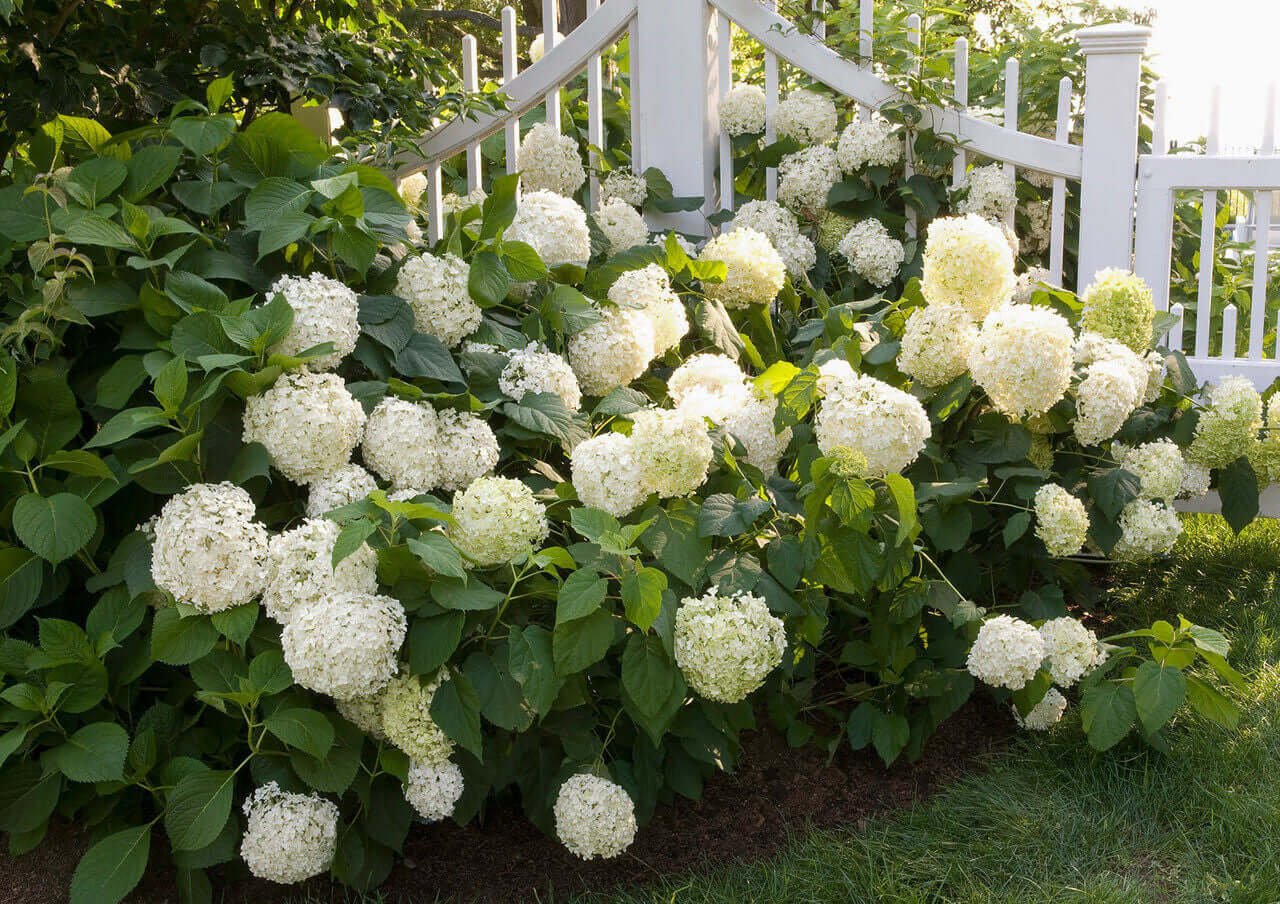


Hydrangea Arborescens 'Snowhill'
Thrives in Zones 6 - 9
Low maintenance, easy to grow
Attracts pollinators like bees and butterflies
Provides beautiful winter interest
Ships in
November 2025Hydrangea arborescens 'Snowhill' For Sale
Hydrangea arborescens 'Snowhill' is a beautiful native to eastern USA. Naturally, it prefers rocky, wooded ravines, stream banks and bluffs that maintain moist soils. The scientific name of this plant is derived from the Latin word for water vessel, which pays homage to the cup-like form of the seed pod.
Individuals can grow up to the 5 ft tall and 3 ft wide. This plant develops strikingly vibrant green leaves that are textured with deep veins and fine hairs. The flowers of this particular hydrangea’s are not affected by soil pH, unlike many other hydrangeas, and they remain a soft creamy white color when mature.
Plant Details - Hydrangea arborescens 'Snowhill'
Family: Hydrangeaceae
Hardiness Zones: 3–8
Light Requirement: Partial shade to full sun
Water Needs: Moderate
Height: 3 - 5 ft
Spread: 3 - 5 ft
Growth Rate: Medium to fast
Bloom Time: Early summer to early fall
Flower Color: Creamy white
Wildlife Value: High Attracts bees, butterflies, and other pollinators
This plant produces beautiful creamy white clustered plumes of flowers starting from early summer. When the flowers first begin to form, they are lime green in color and slowly transform into bright creamy white blooms. When mature, the flower clusters are reminiscent of clouds as they are rounded, and bubbly. Not only are the flowers beautiful, the seed capsules that develop after blooming remain throughout the winter adding yet another ornamental element to the plant.
The Hydrangea arborescens 'Snowhill' can be planted as an individual or in mass and makes a useful addition to the garden to support pollinators. This showy shrub is versatile and can be added to a mixed shrub border or planted with other individuals as a lawn focal point.
Landscape Uses and Maintenance - Hydrangea arborescens 'Snowhill'
They prefer moist, well-drained soil with a neutral to acidic pH. However, it will grow across of range of soil types. This plant will tolerate warm climates but is also cold hardy and will survive through the winter of freezing temperatures. If the plant is kept moist, it can tolerate being planted in an area of direct sunlight. However, it mainly prefers partial shade conditions.
While relatively easy to grow, this plant is susceptible to diseases like powdery mildew, rust leaf spot and slugs. However, with care and attention, these problems can be easily managed for vigorous and vivacious plant growth and flower production.
Noteworthy Characteristics
Supports pollinators, easy to grow, showy flower clusters.
Whether planting as part of a mixed shrub border or in mass as a garden focal point, you will enjoy the fluffy, cloud-like, white flower clusters of this stunning shrub year after year. Shop for Hydrangea arborescens 'Snowhill' shrubs online at TN Nursery. For 68 years, we have served the landscaping industry and homeowners with specimen plants.
This Is How Your Plants Will Look upon Delivery

Bloom Season
Summer
Bloom/Foliage Color
White
Height at Maturity
Under 10 Feet
Care
Snow Hill Hydrangea thrives in well-drained soil with regular watering. Trim in late winter or early spring to stimulate healthy growth and abundant blooms. Mulch near the ground to maintain moisture and control weeds. Fertilize with a balanced formula in early spring.
Plant Reproduction
Snow Hill Hydrangea spreads via underground rhizomes, forming clumps.
How to Grow and Care for Bare Root Shrubs
Bare root shrubs are a budget-friendly and efficient way to plant during the cooler months when they’re dormant. Before planting, soak the roots in water for 3–6 hours to rehydrate them. Choose a site with the appropriate light exposure for the species—most flowering shrubs prefer full to partial sun. Dig a hole wide enough to spread out the roots and deep enough so the crown (where the roots meet the stems) sits level with the soil surface.
Mound a bit of soil at the bottom of the hole, spread the roots over it, and backfill with native soil while gently firming it to remove air pockets. Water deeply after planting to settle the roots. Keep the soil moist but not soggy during the first growing season to encourage healthy establishment.
Mulch around the base (not touching the stems) to retain moisture and suppress weeds. Prune lightly to remove any broken branches and to shape after the first flush of growth. With minimal care, bare root shrubs will leaf out beautifully and grow into reliable, long-term landscape anchors.
Shipping date depends on the date displayed and chosen when you order from the product's page.
We do not accept returned plants. If you purchased an extended warranty we do accept claims, please navigate to the warranty page for instructions HERE






Elegant White Blooms:
Snow Hill Hydrangea offers stunning, pure white flowers that add a touch of sophistication to any garden.
Versatile Landscaping:
Its compact size and attractive foliage make it ideal for various garden settings, from borders to containers.v
Long-Lasting Display:
Enjoy a prolonged blooming period throughout the summer, making it a centerpiece for extended seasons.
Attracts Pollinators:
The plant’s blooms draw in bees and butterflies, supporting local pollinators and enhancing garden biodiversity.
Header
Use this content to share information about your store and products.
Frequently asked questions
Still have a question? Contact us here.
Yes, we ship all over the world. Shipping costs will apply, and will be added at checkout. We run discounts and promotions all year, so stay tuned for exclusive deals.
It depends on where you are. Orders processed here will take 5-7 business days to arrive. Overseas deliveries can take anywhere from 7-16 days. Delivery details will be provided in your confirmation email.
You can contact us through our contact page! We will be happy to assist you.











